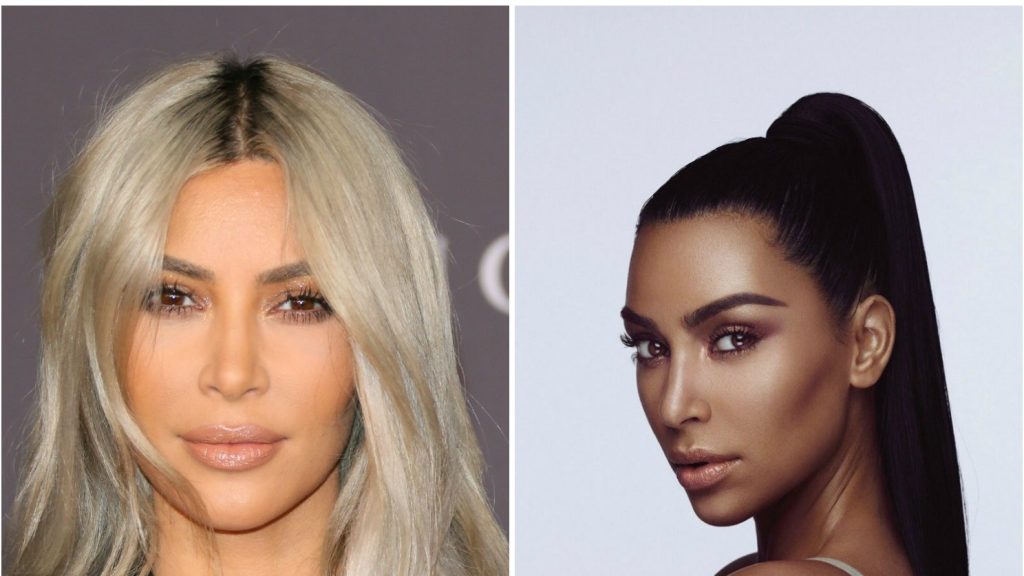There’s an old proverb that says imitation is the highest form of flattery. But is it really? Emulating styles, traditions, clothing, and even hairstyles from other cultures has become popularized in modern times. However, this imitation can cross some serious lines. This is where the term cultural appropriation comes into play.
What is cultural appropriation? The Oxford Languages Dictionary defines it as “the unacknowledged or inappropriate adoption of the customs, practices, ideas, etc. of one people or society by members of another and typically more dominant people or society”. Basically, cultural appropriation is when people of another culture “borrow” practices from another culture, typically for the sake of popular trends in the media. Cultural appropriation comes in many forms. Some of the largest forms of cultural appropriation occur in the fashion, social media, pop culture, or art industries. While copying a hairstyle or item of clothing may not seem like a big deal, the use of cultural items outside of the original culture can be highly offensive to the members of the original culture. This is typically because when members of a more dominant culture utilize practices from a minority culture, the practice in question tends to lose its historical and cultural significance. For example, cornrow hairstyles are traditionally worn by mostly Black cultures, as the hairstyle originated in Africa in around 3000 B.C. In some African countries, warriors and kings were once identified by their cornrows. Additionally, cornrows are seen not only as a hairstyle, but also as an art form. Many different patterns and appearances can be achieved by a skilled cornrow braider. This is just the beginning of the cultural roots of cornrows- yet all of this historical significance gets stripped away when Caucasian pop culture icons such as Kim Kardashian start wearing this hairstyle. When cultural background gets forgotten, cornrows go from being a significant cultural tradition to just another hairstyle, hence the issue with cultural appropriation. Some instances of cultural appropriation are condemned for other reasons- a disrespectful or scandalous usage of a cultural practice will be quick to offend members of that culture, while others find issue with the use of sacred traditions as a media or fashion trend. In other cases, individuals become offended when items from their culture are considered “abnormal” or “ugly” when worn by members of their own culture, but quickly become popular when a celebrity decided to wear the very same item. Sometimes, even the members of a culture themselves do not agree on what is offensive and what is acceptable in terms of cultural appropriation. Regardless of the cause for offense, it is clear that cultural appropriation is a significant issue in the world today.
So now that you know what cultural appropriation is, how can you spot it? Below is a collection of 10 of some of the most blatant examples of cultural appropriation that have occurred recently in the real world:

1. Karlie Kloss, a Victoria’s Secret model, wore Native American-style jewelry and headdresses, greatly offending members of the Native American community

2. Fashion retailer Shein sold Islamic prayer mats under labels of “fringed Greek rugs”

3. Ariana Grande has used Japaneses characters on her merchandise, and even got a tattoo of these characters, despite the fact that she herself is not Japanese

4. Gucci dressed all Caucasian models in Sikh-style turbans for a runway show

5. Beyonce dressed in traditional Indian clothing with Henna art on her arms in a music video in 2016

6. At the American Music Awards in 2013, Katy Perry performed with traditional Japanese clothing, hairstyle, and makeup

7. “Fox-eye” makeup (makeup specifically applied to give the illusion of lifted or upwards-slanting eyes and brows) has been popularized by many celebrities, social media icons, and even average people on social media apps such as TikTok; however, Asian cultures find offense with the depiction of what is stereotypically seen as the “Asian eye”.

8. “Black-face” or “Blaccents” have been used by many Caucasian celebrities generally for the sake of social media trends, comedy, rapping, or acting purposes.

9. Selena Gomez wore a Hindu bindi, which is a sacred religious symbol of that culture, on her forehead during a 2017 performance

10. Several restaurants and food brands market their food as “authentic” or “ethnic”, despite hugely altering the traditional preparation method, ingredients, or flavors of the original dish
While the instances above were offensive to the corresponding cultures due to cultural appropriation, you CAN still appreciate a culture without appropriating it. Following these tips from The Atlantic can help ensure that cultural appropriation is kept in check:
- It’s Important to Pay Homage to Artistry and Ideas, and Acknowledge Their Origins
- Don’t Adopt Sacred Artifacts as Accessories
- Engage With Other Cultures on More Than an Aesthetic Level
- Treat a Cultural Exchange Like Any Other Creative Collaboration—Give Credit, and Consider Royalties
Enjoying food, art, or music from another culture is perfectly okay, and even beneficial towards understanding the traditions of other cultures, as long as it is done so with respect and kindness towards the other culture.
Article sources:
https://www.theweek.co.uk/cultural-appropriation
https://www.goodhousekeeping.com/life/g28400114/cultural-appropriation-definition-examples/
https://www.seventeen.com/celebrity/g22363821/cultural-appropriation-examples-celebrities/
https://www.lexico.com/definition/cultural_appropriation
https://www.thewrap.com/celebrities-who-have-been-accused-of-cultural-appropriation-photos/
Unapologetic cultural appropriation: The fox-eye trend

Very enlightening article. Thanks.
LikeLiked by 1 person